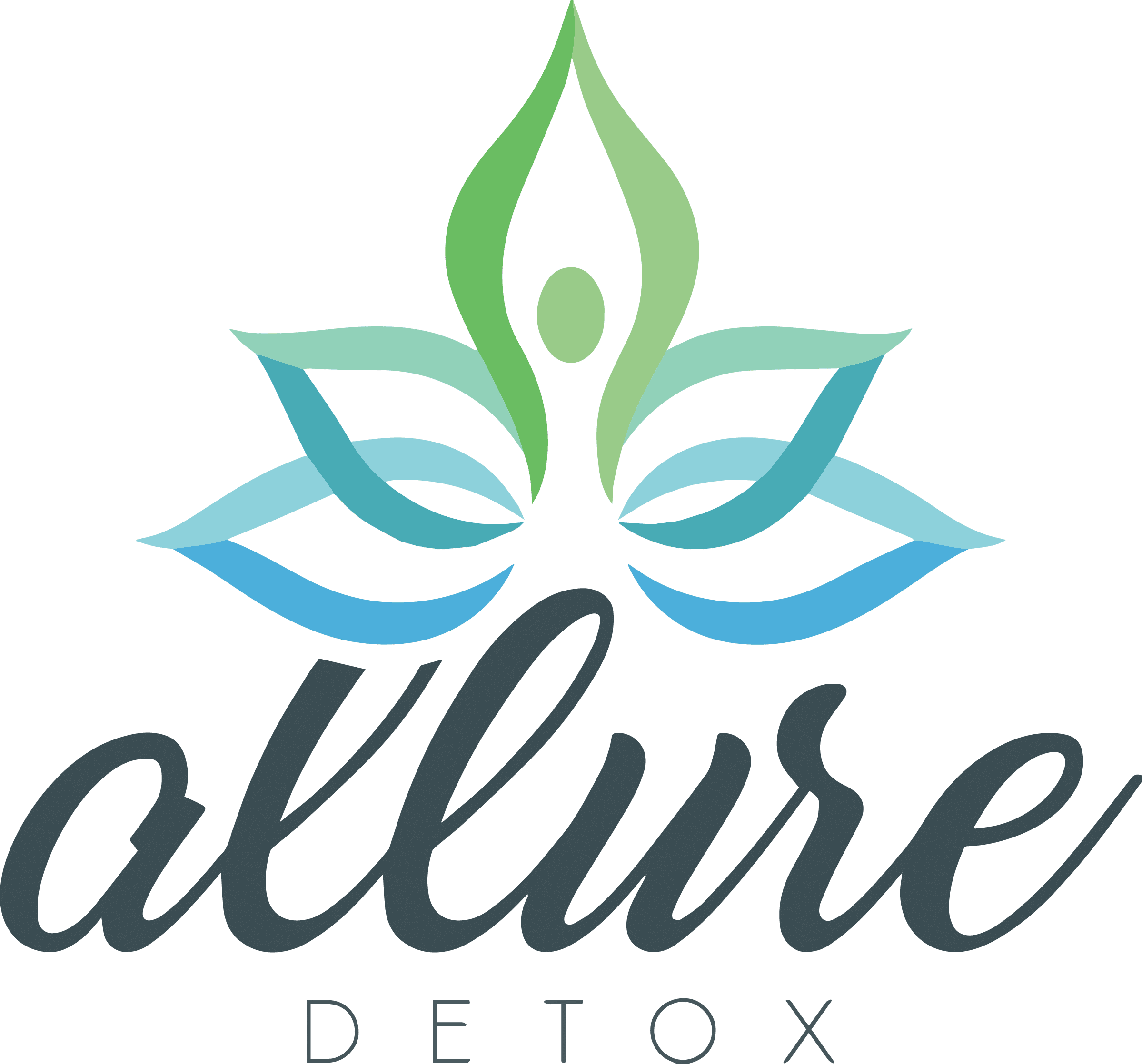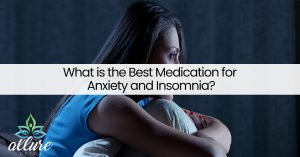
Tag: Benzodiazepine
Benzodiazepines (BZD, BDZ, BZs), sometimes called “benzos”, are a class of psychoactive drugs whose core chemical structure is the fusion of a benzene ring and a diazepine ring. As depressants—drugs which lower brain activity—they are prescribed to treat conditions such as anxiety, insomnia, and seizures.


Does Lyrica Help With Benzodiazepine Detox?

OTC Drugs That Can Help With Benzo Detox
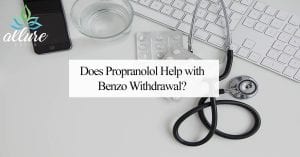
Does Propranolol Help with Benzo Withdrawal?
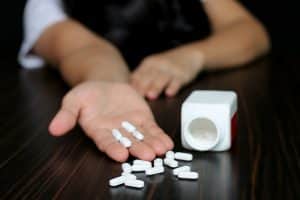
What Does Xanax Feel Like?

What is the Strongest Benzodiazepine?
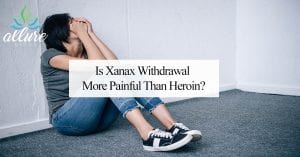
Is Xanax Withdrawal More Painful Than Heroin?
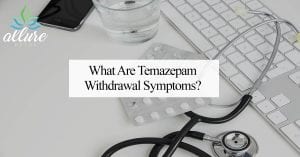
What Are Temazepam Withdrawal Symptoms?

Can You Mix Different Benzodiazepines?
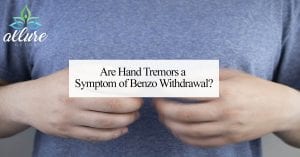
Are Hand Tremors a Symptom of Benzo Withdrawal?
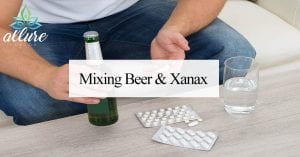
Mixing Beer and Xanax
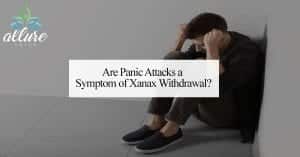
Are Panic Attacks a Symptom of Xanax Withdrawal?

Benzos for Cocaine Comedown

Benzodiazepines for Opioid Withdrawal
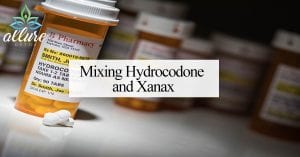
Mixing Hydrocodone and Xanax
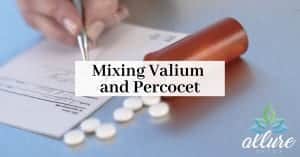
Mixing Valium and Percocet
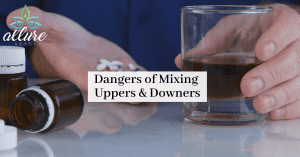
Dangers of Mixing Uppers & Downers

